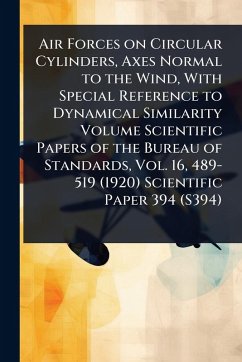
Detonation Branching in a PDE With Liquid Hydrocarbon Fuel

PAYBACK Punkte
8 °P sammeln!
Pulse detonation engines (PDE) capitalize on the large mass flux and pressure rise a detonation has compared to a deflagration. The PDE operates on a fill-detonate-exhaust cycle and its thrust is directly proportional to the cycle frequency, therefore a decrease in cycle time results in increased thrust. This research showed that the detonate part of the cycle can be shortened by using a branched detonation as the ignition source as opposed to standard spark ignition. This research was a milestone in PDE development because, while detonation branching has been accomplished using gaseous hydrog...
Pulse detonation engines (PDE) capitalize on the large mass flux and pressure rise a detonation has compared to a deflagration. The PDE operates on a fill-detonate-exhaust cycle and its thrust is directly proportional to the cycle frequency, therefore a decrease in cycle time results in increased thrust. This research showed that the detonate part of the cycle can be shortened by using a branched detonation as the ignition source as opposed to standard spark ignition. This research was a milestone in PDE development because, while detonation branching has been accomplished using gaseous hydrogen as the fuel, this was the first instance of detonation branching using liquid hydrocarbon fuel. A vaporization system was used to vaporize the fuel and mix it with the airstream, allowing the PDE to operate at stoichiometric conditions. This research concluded that detonation ignition is not only possible when using liquid hydrocarbon fuel, but it produces results superior to those obtained using spark ignition. With detonation ignition, more energy is input into the head than with spark ignition. Operating at a 20 Hz cycle frequency and a 1.02 equivalence ratio, ignition times were 5.63 and 0.19 ms and deflagration to detonation transition (DDT) times were 2.36 and 1.03 ms for the spark- and detonation-ignited thrust tubes, respectively. The total time savings in the detonate part of the PDE cycle for detonation-ignition was 6.77 ms, an 85% time reduction in ignition and DDT times. This reduction in cycle time affords an appreciable thrust increase. Also, DDT was complete in 83% of the distance, allowing a decrease in tube length, which decreases overall weight. This work has been selected by scholars as being culturally important, and is part of the knowledge base of civilization as we know it. This work was reproduced from the original artifact, and remains as true to the original work as possible. Therefore, you will see the original copyright references, library stamps (as most of these works have been housed in our most important libraries around the world), and other notations in the work. This work is in the public domain in the United States of America, and possibly other nations. Within the United States, you may freely copy and distribute this work, as no entity (individual or corporate) has a copyright on the body of the work. As a reproduction of a historical artifact, this work may contain missing or blurred pages, poor pictures, errant marks, etc. Scholars believe, and we concur, that this work is important enough to be preserved, reproduced, and made generally available to the public. We appreciate your support of the preservation process, and thank you for being an important part of keeping this knowledge alive and relevant.




![Famous Airmen and Their Equipment [electronic Resource]: With Some Notes on First-aid in Emergencies Cover Famous Airmen and Their Equipment [electronic Resource]: With Some Notes on First-aid in Emergencies](https://bilder.buecher.de/produkte/65/65602/65602222n.jpg)







